How to Create a Summer Fitness Routine for Kids That Feels Like Play
The Importance of Physical Activity in Childhood
Children thrive when they move. Regular physical activity improves their physical health, supports brain development, and boosts emotional resilience. From reducing the risk of obesity to enhancing mood, fitness during childhood lays a strong foundation for lifelong well-being.
Physical activity also helps with:
- Sleep quality: Active kids fall asleep faster and enjoy deeper rest.
- Academic performance: Movement stimulates brain function and focus.
- Social skills: Active play teaches cooperation, patience, and communication.
Why Summer Is the Perfect Time to Start a Routine
Summer brings a change in routine — longer days, no school, and plenty of daylight. These open schedules are a golden opportunity to introduce a playful, consistent fitness routine that doesn't feel like a chore.
Benefits of a summer start:
- More outdoor time without homework constraints.
- Flexible daily rhythms perfect for habit formation.
- Easier to experiment and explore a range of physical activities.
Turning Exercise Into Play: The Key to Engagement
Kids are naturally drawn to play, not workouts. Turning movement into play means framing exercise as fun, imaginative, and social. Think of games that involve running, jumping, crawling, and chasing — all natural movements that build strength and coordination.
Try:
- Themed obstacle courses (pirate adventures, jungle missions)
- Movement-based story games
- Dance-offs and freeze dance games
Start With What They Love
Before building a routine, observe your child's interests. Do they love animals? Try animal walks. Obsessed with superheroes? Design a "Superhero Bootcamp."
Personalizing fitness helps ensure they stay engaged, and it boosts their confidence. Fitness should feel like something they chose, not something they’re being forced into.
Consistency Over Intensity
Children don’t need long or intense workouts. What they need is frequent movement that fits naturally into their day.
Aim for:
- Short bursts of activity (10–20 mins)
- Daily movement rather than sporadic effort
- Routine-based integration — like morning yoga or after-lunch dance breaks
Building Healthy Habits Early
Creating daily fitness rituals helps children develop a habit loop: cue → action → reward. Consistency is more powerful than intensity. Celebrating small wins, setting achievable goals, and using visual reminders (like a sticker chart) help anchor habits.
Over time, movement becomes a natural part of life, not just a summer trend.
Family Involvement Matters
Kids mimic what they see. When parents and siblings participate, fitness becomes a family value rather than a solo task.
Ideas:
- Family walks after dinner
- Group stretch or yoga mornings
- Playing tag or frisbee together
Use Nature as a Playground
Local parks, trails, and backyards are ideal spaces for unstructured and structured play. Let kids explore safely while encouraging activities like:
- Nature scavenger hunts
- Trail jogging with checkpoints
- Tree-climbing and rock-balancing
Nature makes movement more exciting and less structured, which is perfect for children.
Indoor Fun on Hot or Rainy Days
When the weather doesn't cooperate, don’t skip movement. Create space indoors for fun, energetic activities.
Try:
- Obstacle courses using pillows and chairs
- Dance battles or “Just Dance” sessions
- Fitness bingo or charades
This is also a perfect time to explore fitness-based board games or interactive activities.
Incorporate Variety and Choice
Giving children the power to choose between options adds to the excitement. Rotate between different movement styles to avoid monotony.
Sample schedule:
- Monday: Nature walk
- Tuesday: Dance challenge
- Wednesday: Family yoga
- Thursday: Backyard games
- Friday: BoardGains session
Setting Playful Goals and Rewards
Create light-hearted fitness goals:
- “Complete the ninja course 3x this week”
- “Bike ride for 15 minutes without breaks”
Use rewards like:
- Extra screen time
- A picnic day
- Choosing the next activity
Goals should feel like challenges, not chores.
Screen-Free Fitness Games
Try screen-free games that spark joy and movement:
- “Red Light, Green Light”
- “Simon Says” with fitness moves
- Hide-and-seek with movement clues
Or introduce fitness games like BoardGains, which merges tabletop play with physical challenges.
Integrating BoardGains for Family Fitness Fun
BoardGains is a clever, movement-focused board game that gets everyone in the house moving — without needing screens or gym gear.
Why it works:
- Blends playful competition with fitness challenges
- Engages all ages, so the whole family joins in
- Encourages teamwork and communication
One roll of the dice might have your child doing jumping jacks while another lands on a balance challenge. It’s fitness, disguised as fun.
Explore more at BoardGains.com.
Safety and Hydration in the Summer Heat
Always ensure:
- Plenty of water breaks
- Playing during cooler hours (morning/evening)
- Use of sunscreen and breathable clothing
Watch for signs of overheating like flushed skin, irritability, or dizziness.
Tracking Progress in Fun Ways
Use visual tools like:
- Activity jars (marbles for every completed task)
- Colorful journals
- Drawings of how each workout made them feel
These keep motivation high and give kids a sense of accomplishment.
Overcoming Resistance and Boredom
Even the most energetic kids will get bored. Change things up:
- Introduce new games
- Invite friends over for “fitness parties”
- Let them design the day’s activity
Listen to their feedback and adapt.
Building Lifelong Fitness Mindsets
The goal isn’t six-pack abs — it’s confidence, coordination, and joy in movement. When kids see exercise as something fun and rewarding, they’re more likely to carry that mindset into adulthood.
Keep reminding them: “Movement makes us feel strong, happy, and ready for anything!”
FAQs About Summer Fitness Routines for Kids
Q1: How much physical activity do kids need daily?
A: At least 60 minutes of moderate to vigorous activity.
Q2: How do I motivate my child who prefers screens?
A: Blend movement with fun — games, board-based activities like BoardGains, and family challenges help.
Q3: What’s the best time of day for outdoor activity in summer?
A: Morning or early evening when it’s cooler and sun exposure is lower.
Q4: How do I keep my child safe during outdoor play?
A: Hydration, sunscreen, shaded breaks, and supervision are key.
Q5: Is it okay to skip a day?
A: Absolutely. Rest days are part of a healthy routine — just return to it with fresh energy.
Q6: Can I use games like BoardGains for all ages?
A: Yes! BoardGains is great for mixed-age groups, as it adapts challenges to different levels.
Final Thoughts on Summer Fitness Through Play
Creating a fitness routine that feels like play is the secret to long-term engagement. When kids find joy in movement, they build habits that stick for life. By being consistent, creative, and including tools like BoardGains, you’ll set your child up for a summer — and a lifetime — of active, healthy fun.

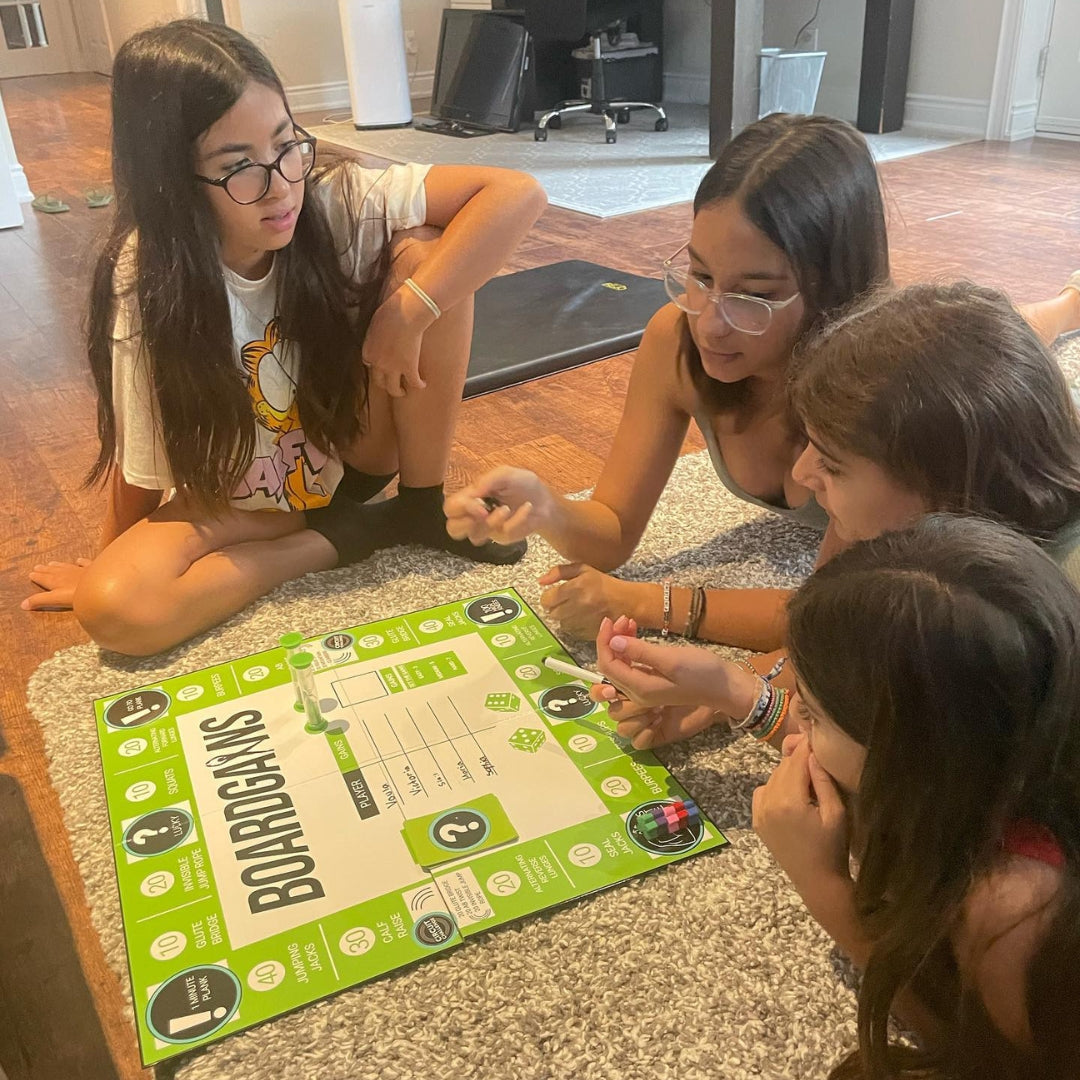
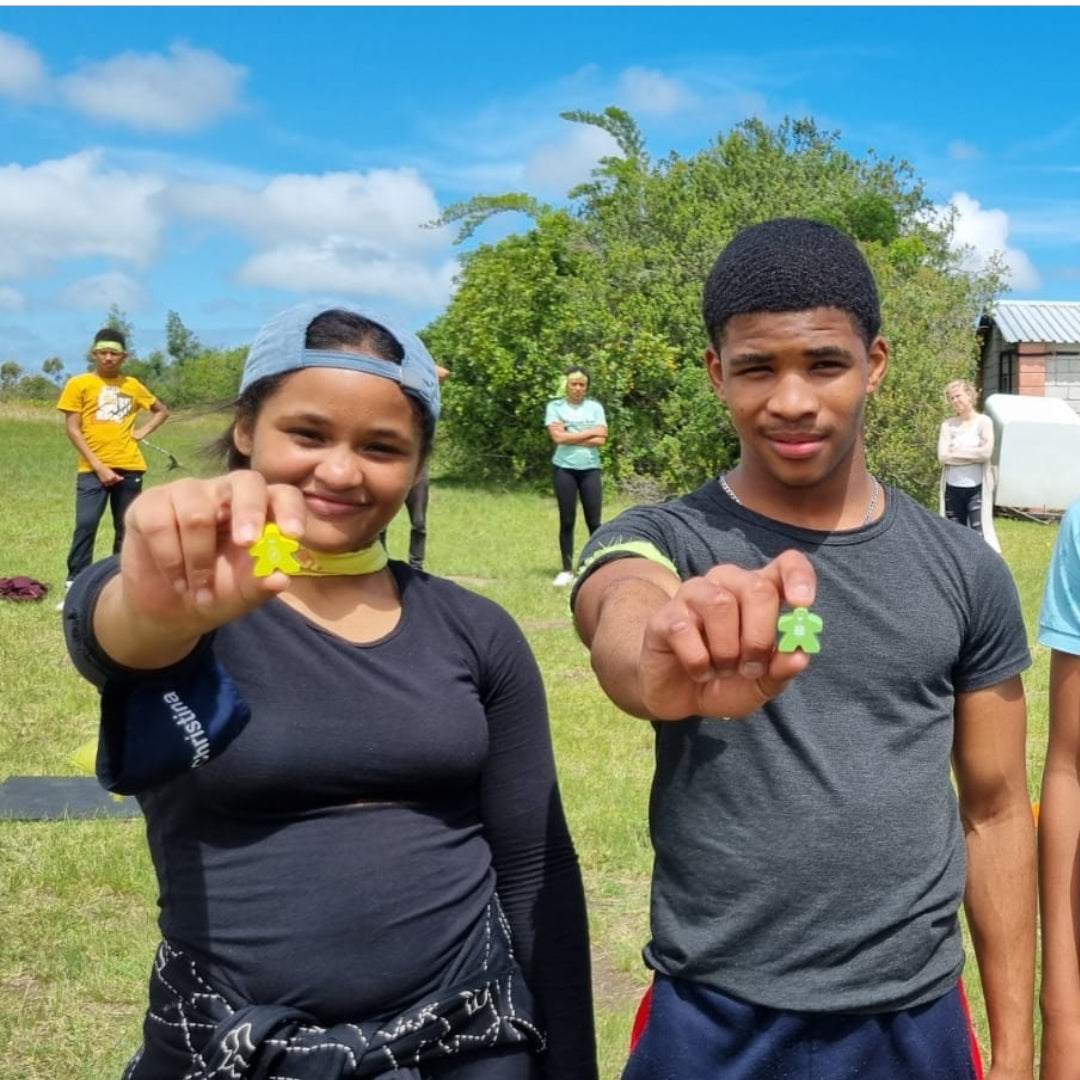
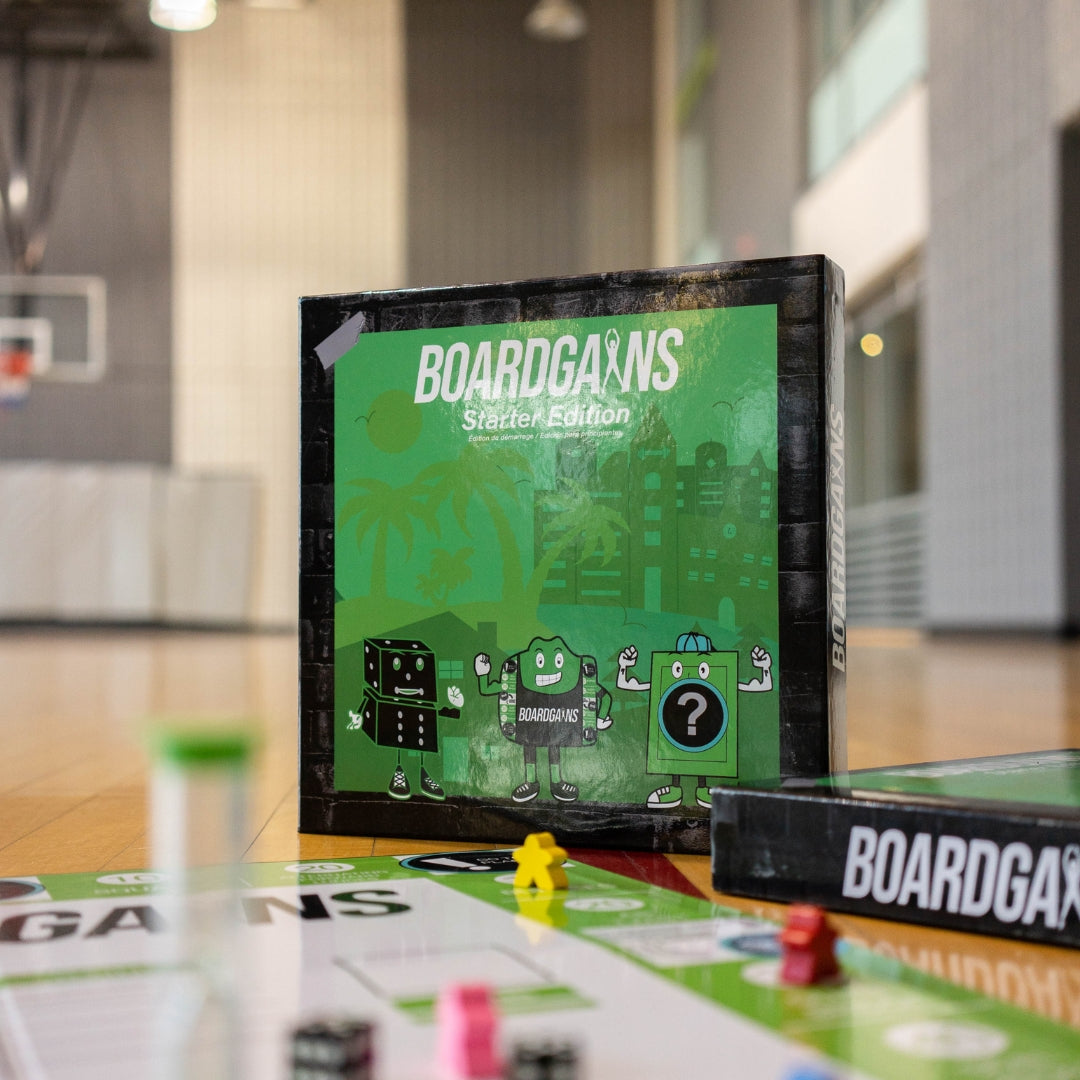

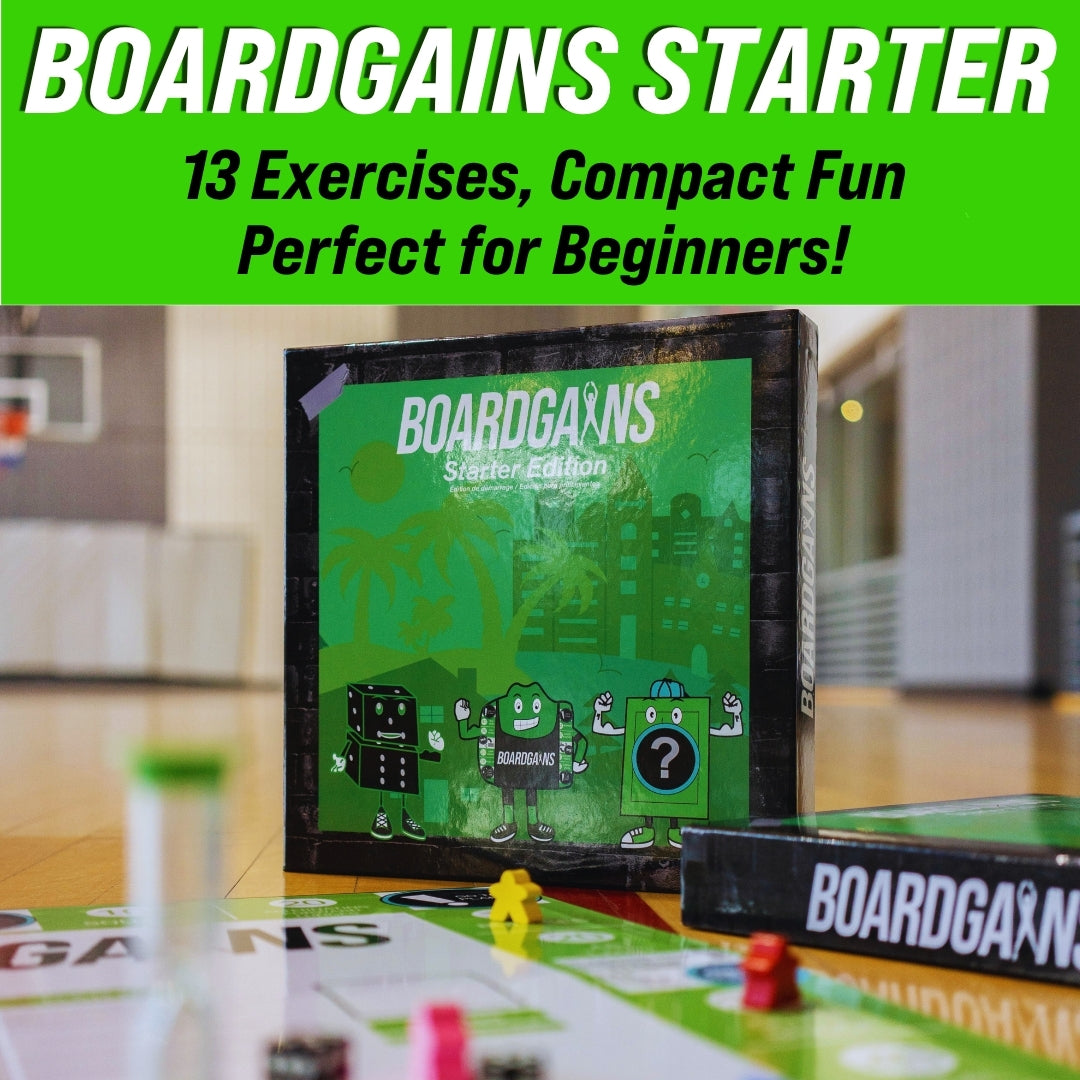
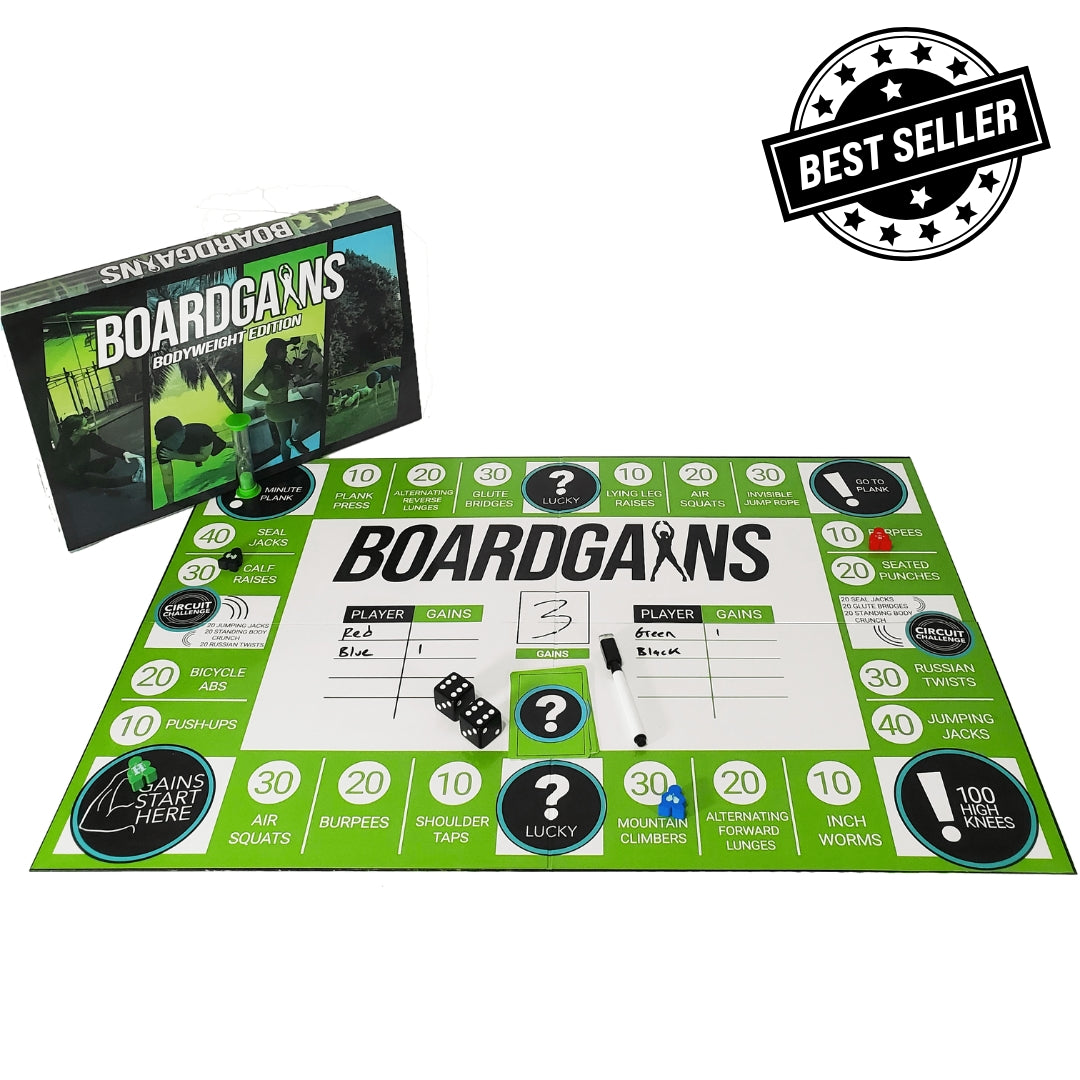

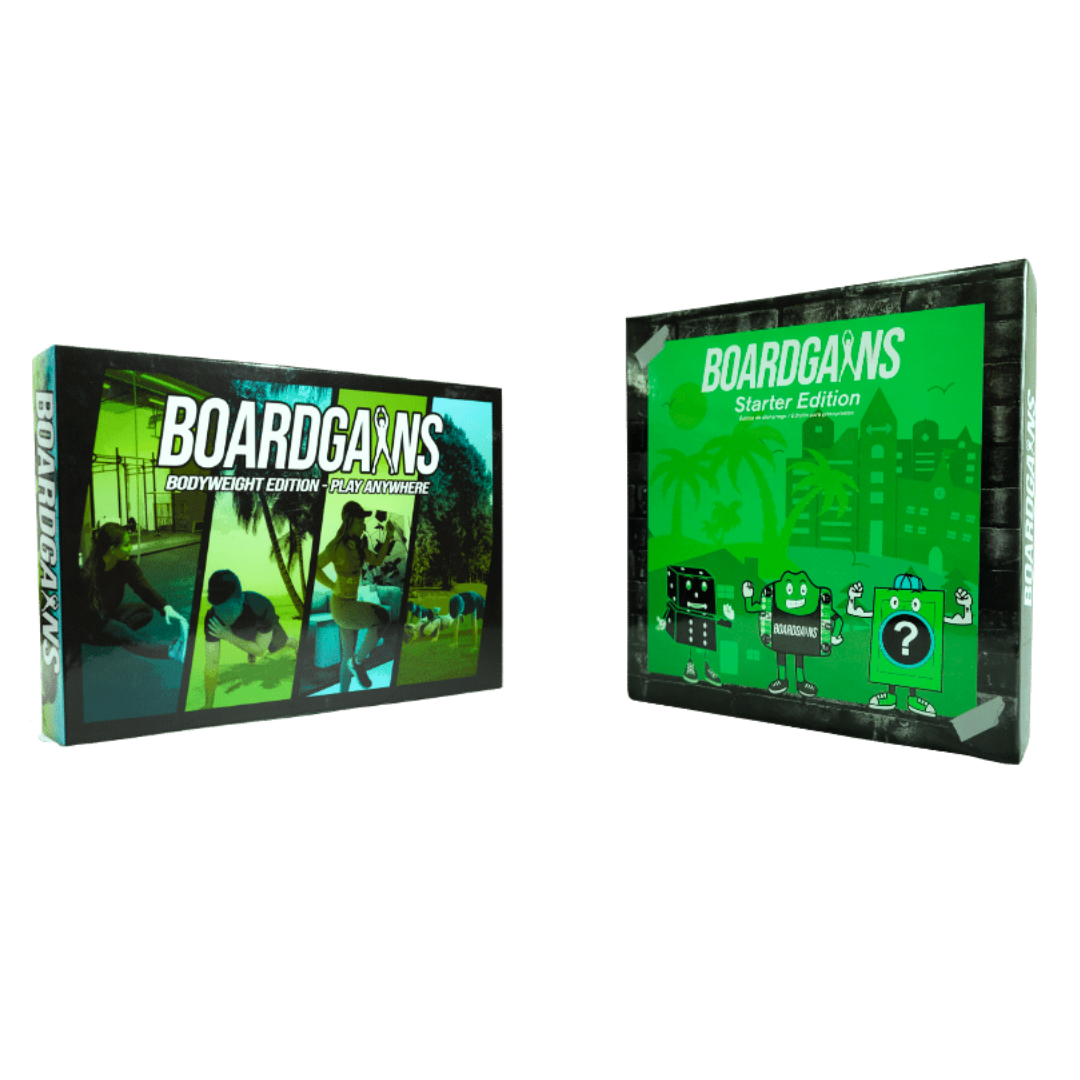
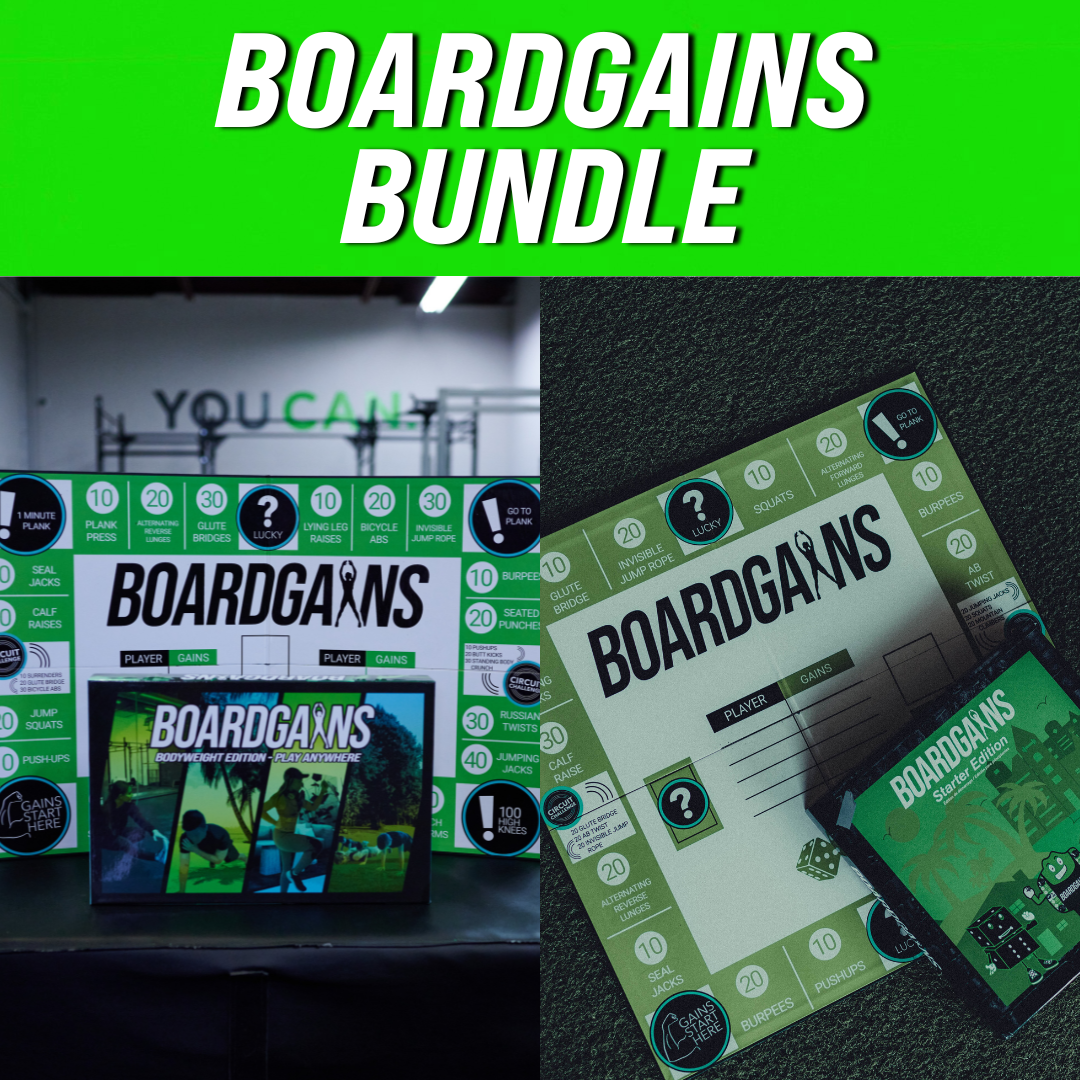
Leave a comment
This site is protected by hCaptcha and the hCaptcha Privacy Policy and Terms of Service apply.